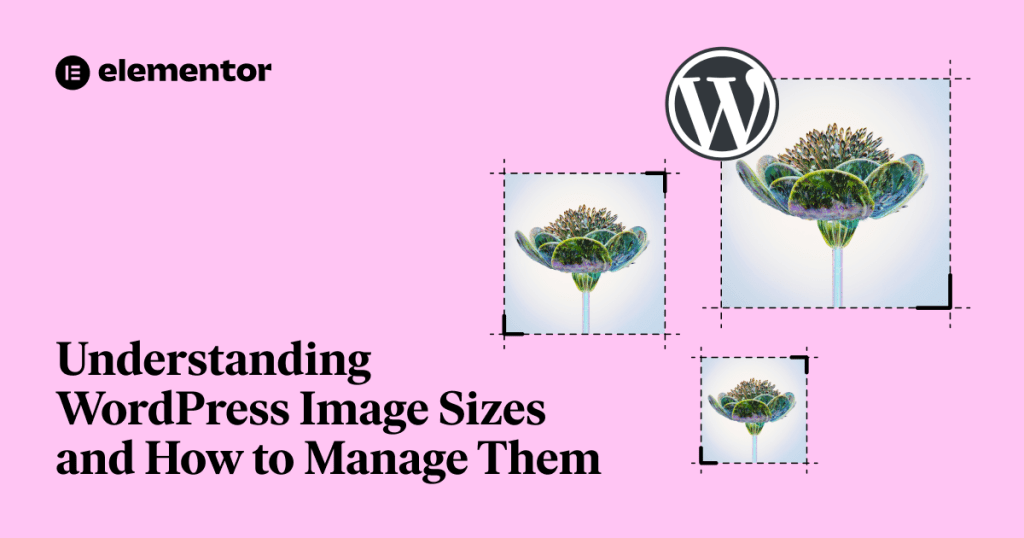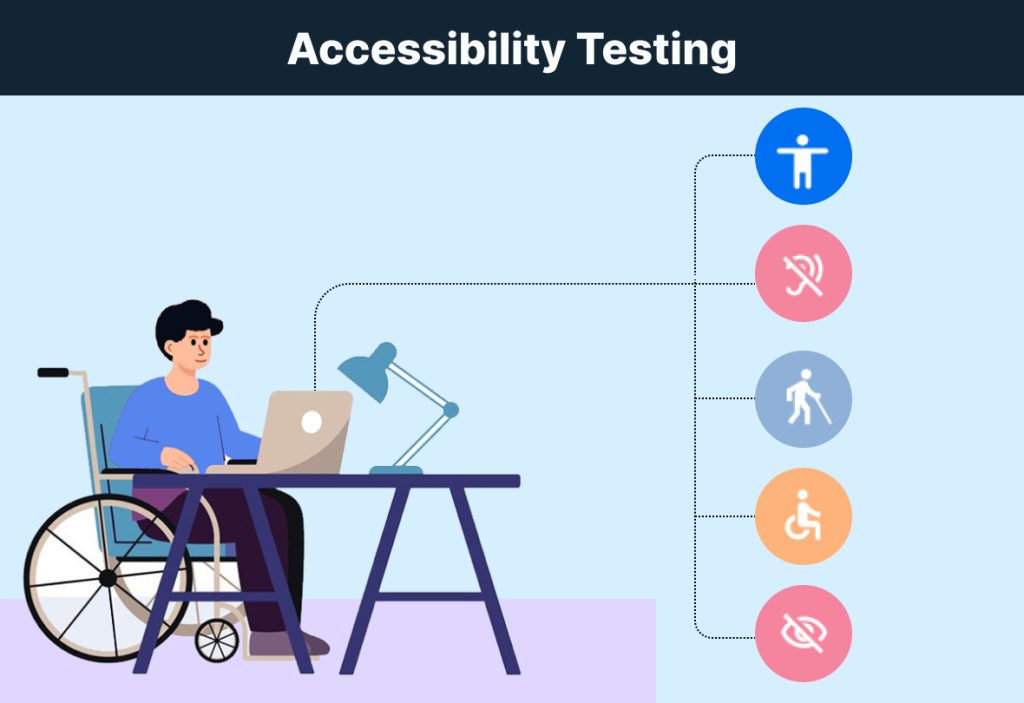Stepping into a Dynamic Design Era
The design landscape is constantly evolving, and as we navigate through October 2025, it’s clear that immersivity and interactivity are at the forefront. This shift towards dynamic, user-engaging designs is revolutionizing the way we perceive and interact with digital interfaces. Let’s explore the key trends defining this new digital era.
Immersive Digital Experiences
One trend that’s quickly gaining traction is the creation of immersive digital experiences. These designs go beyond mere visuals, fully capturing users’ attention and immersing them in a compelling digital environment.
Virtual Reality (VR) in Design
Virtual Reality (VR) is no longer a distant concept, but a vital tool in modern design. Designers are leveraging VR to create interactive, immersive experiences that transport users to a different world, thereby enhancing user engagement and satisfaction.
“Design is not just about aesthetics, it’s about creating entire experiences. And in 2025, those experiences are becoming more immersive than ever.”
Augmented Reality (AR) in Design
Augmented Reality (AR) is another tool that designers are utilizing to enhance user interactivity. By superimposing digital elements onto the real world, AR provides a seamless blend of physical and digital experiences, creating a unique interactive environment for users.
Interactivity through Microinteractions
Microinteractions are subtle design elements that respond to user actions in a specific way. These small, often overlooked details can significantly improve user experience by providing feedback, guiding users, and adding a touch of personality to the design.
The Role of Microinteractions
Microinteractions play a crucial role in enhancing user interactivity. They not only provide immediate feedback but also guide users through the design, making the interface feel more intuitive and responsive.
Designing Effective Microinteractions
Designing effective microinteractions requires careful attention to detail. Designers must ensure these elements are subtle yet noticeable, intuitive, and, most importantly, serve a purpose within the design. An effective microinteraction enhances the user experience, encouraging engagement and promoting user satisfaction.




